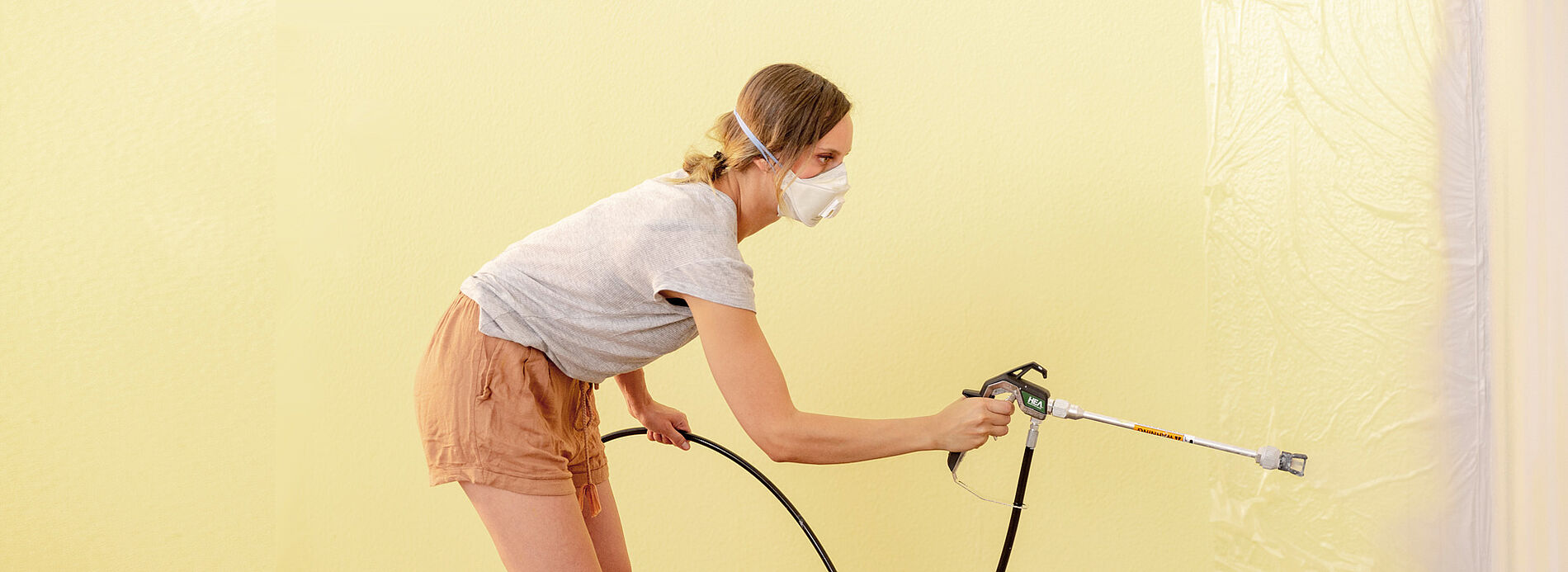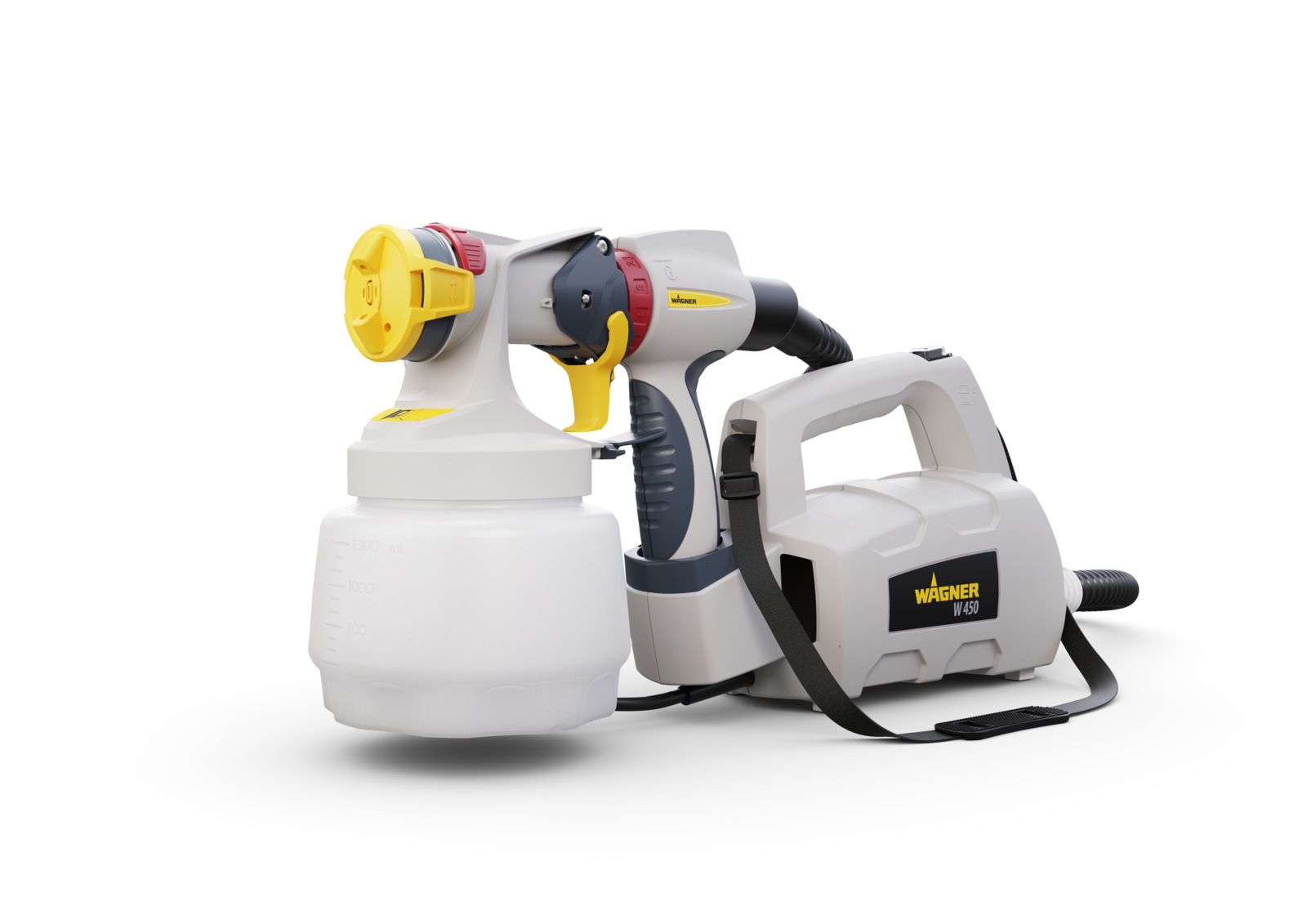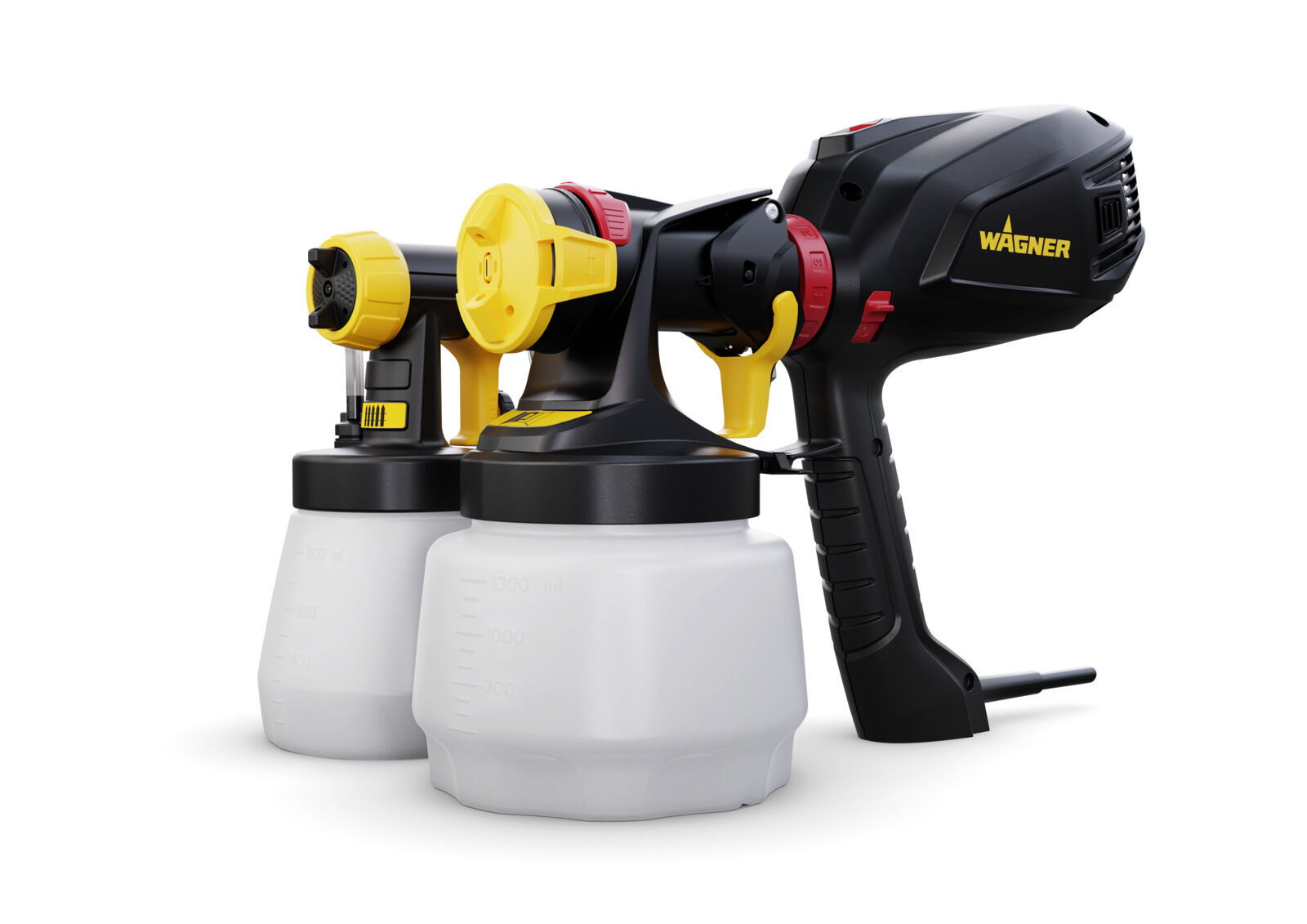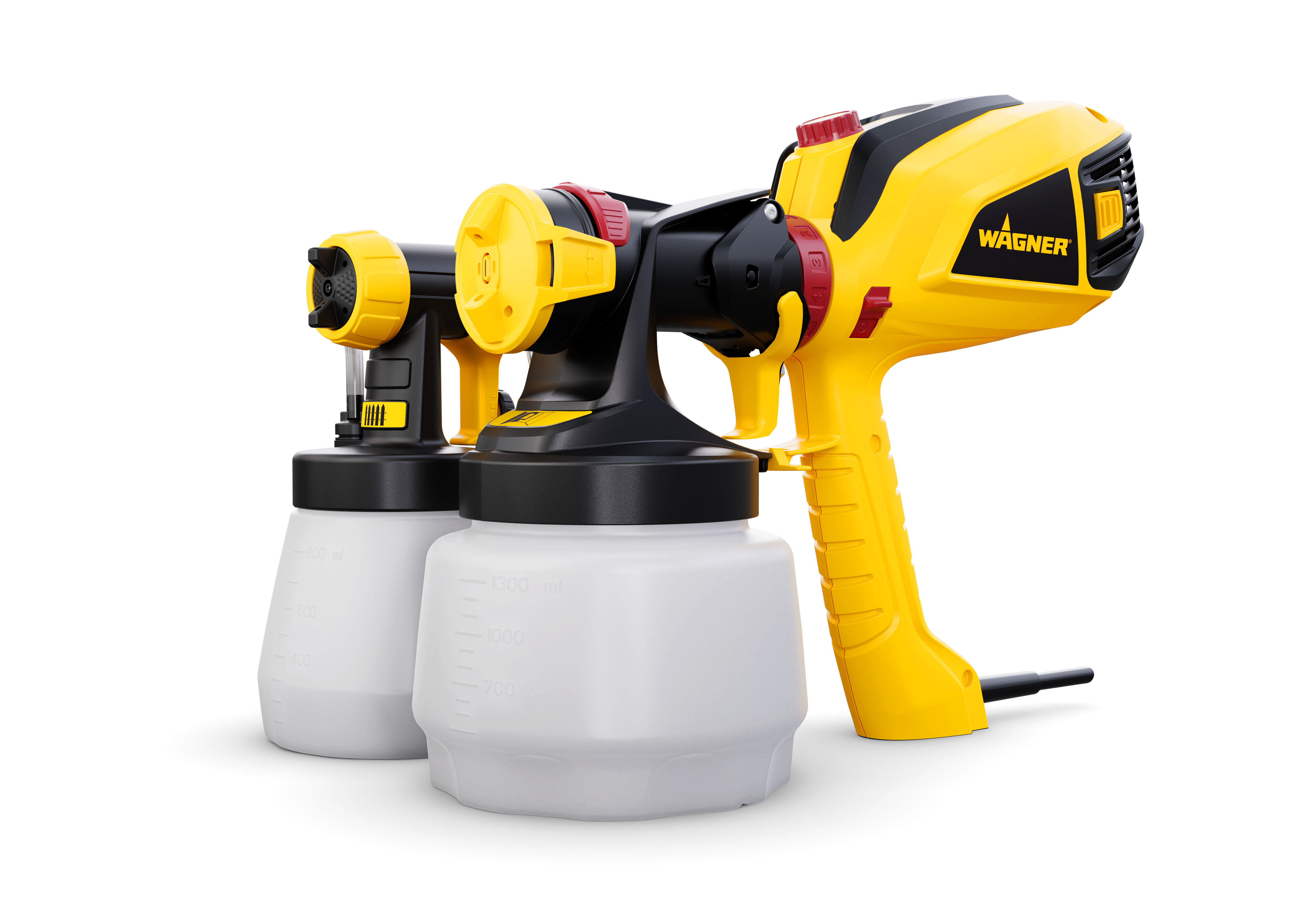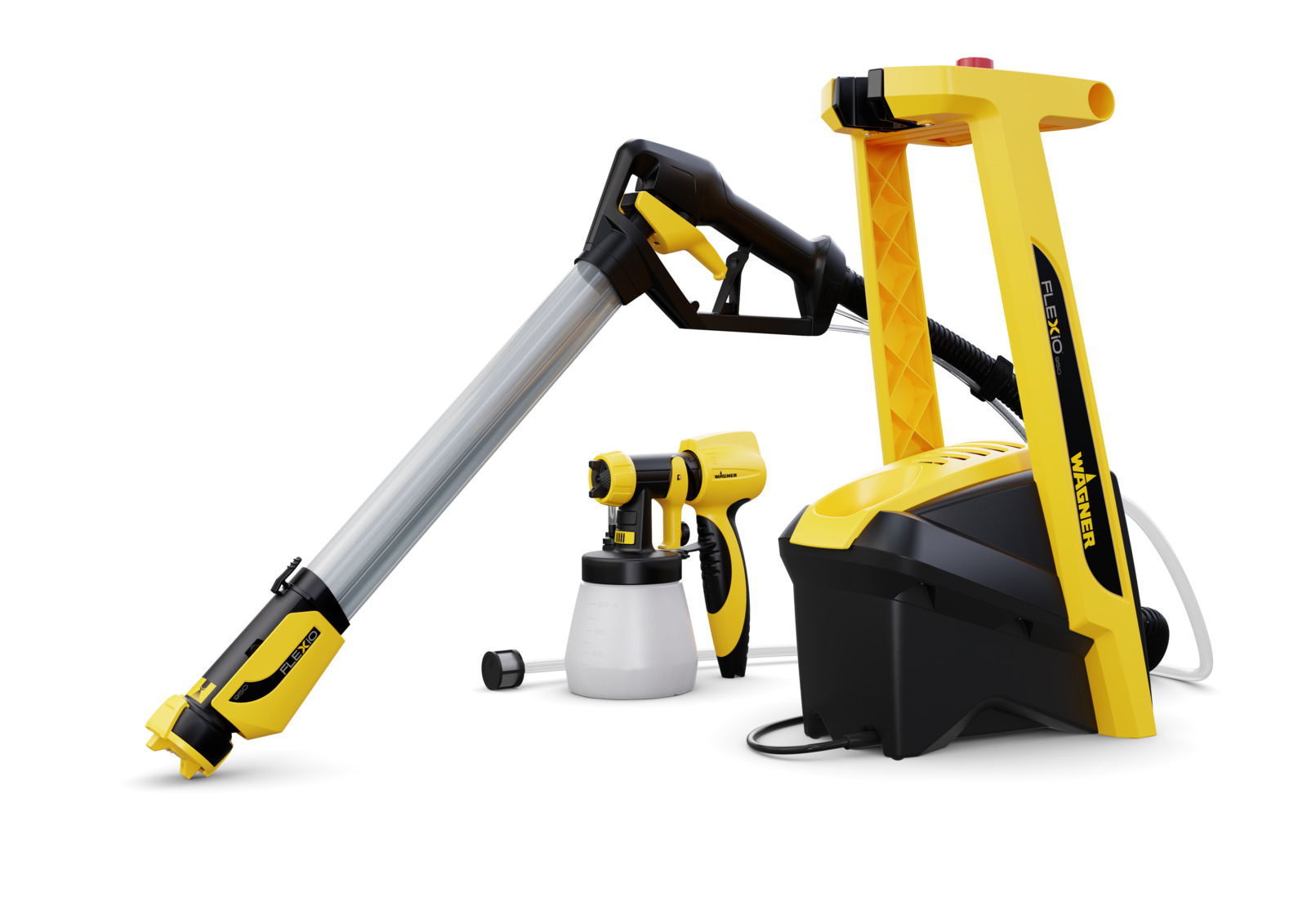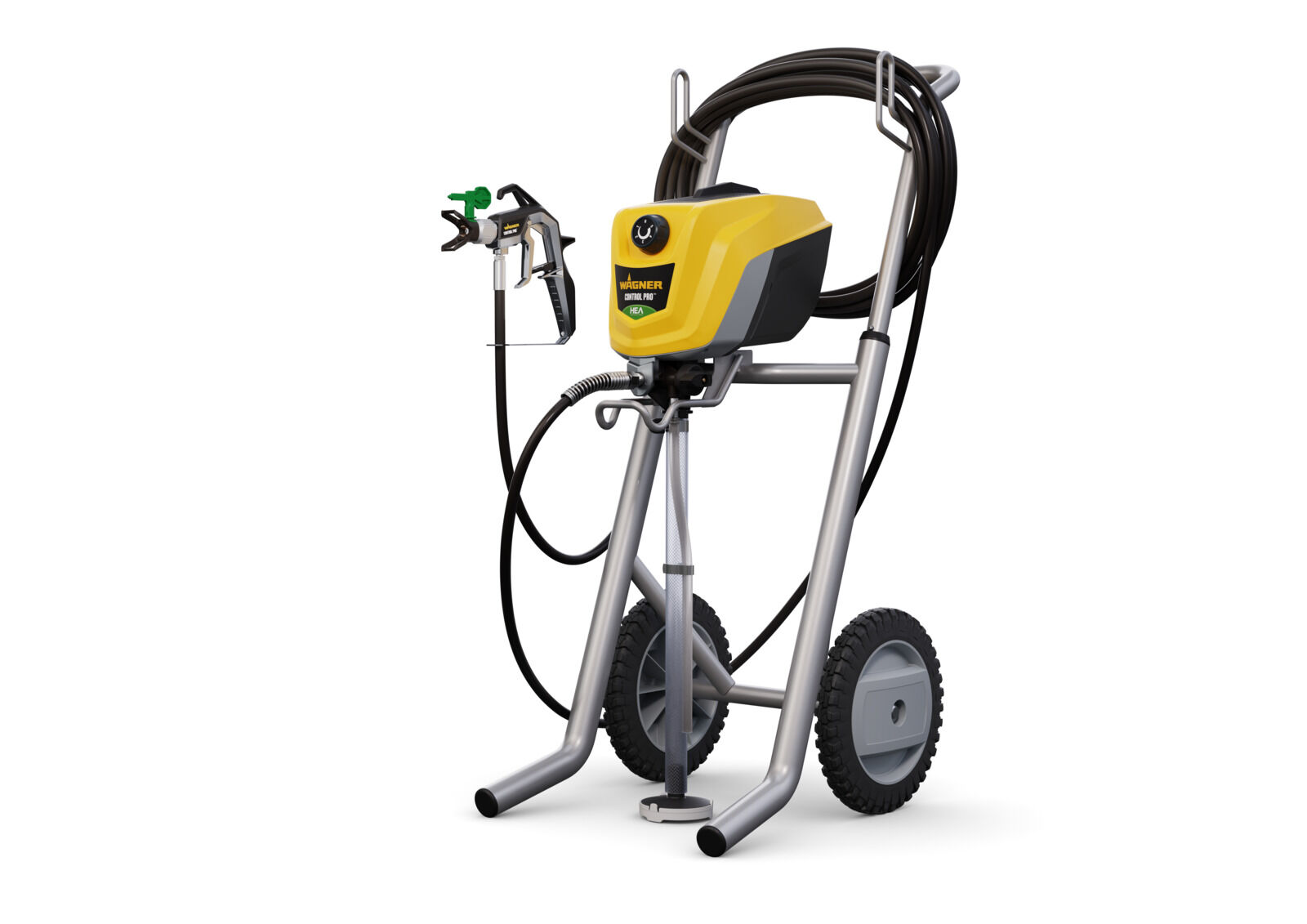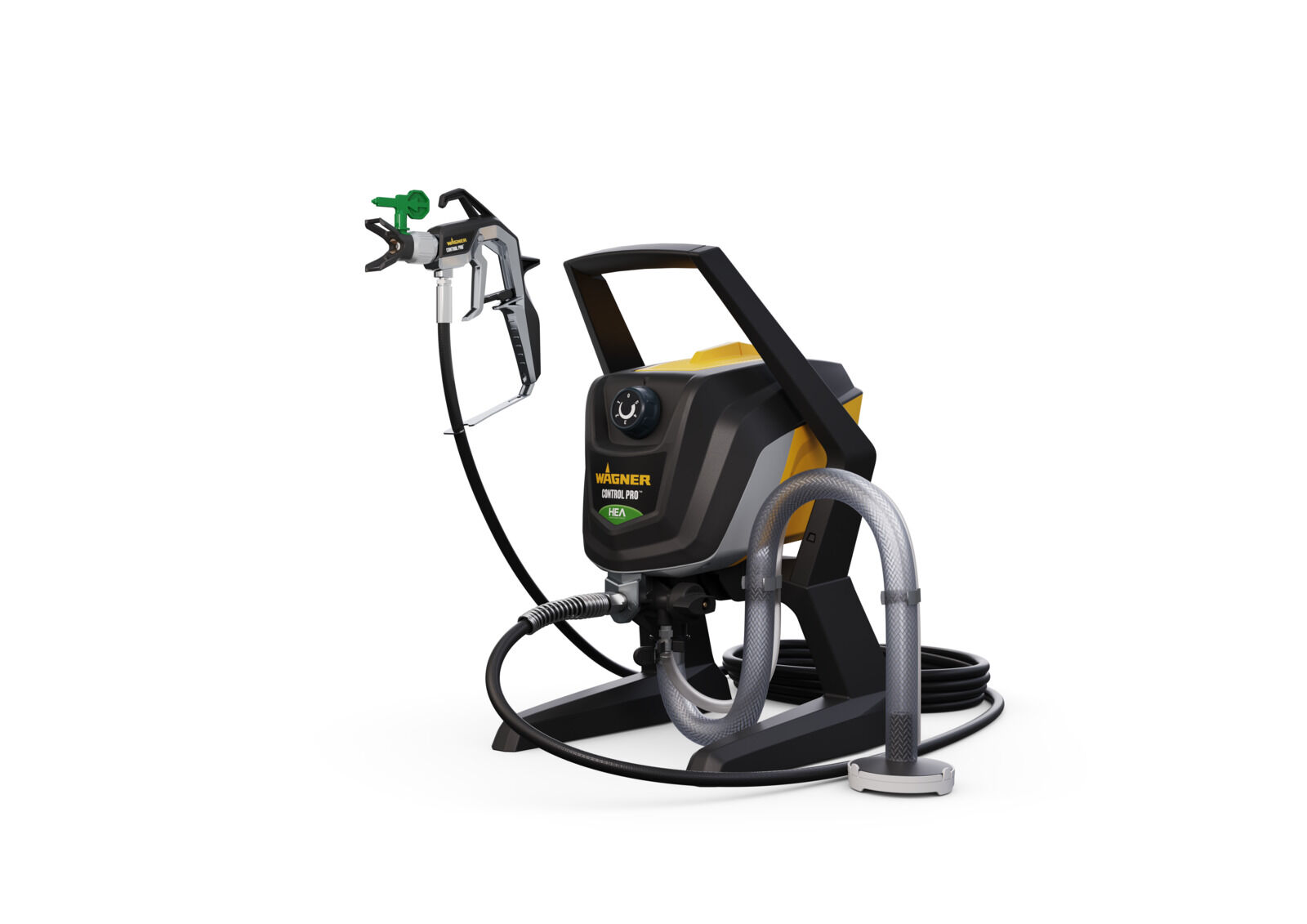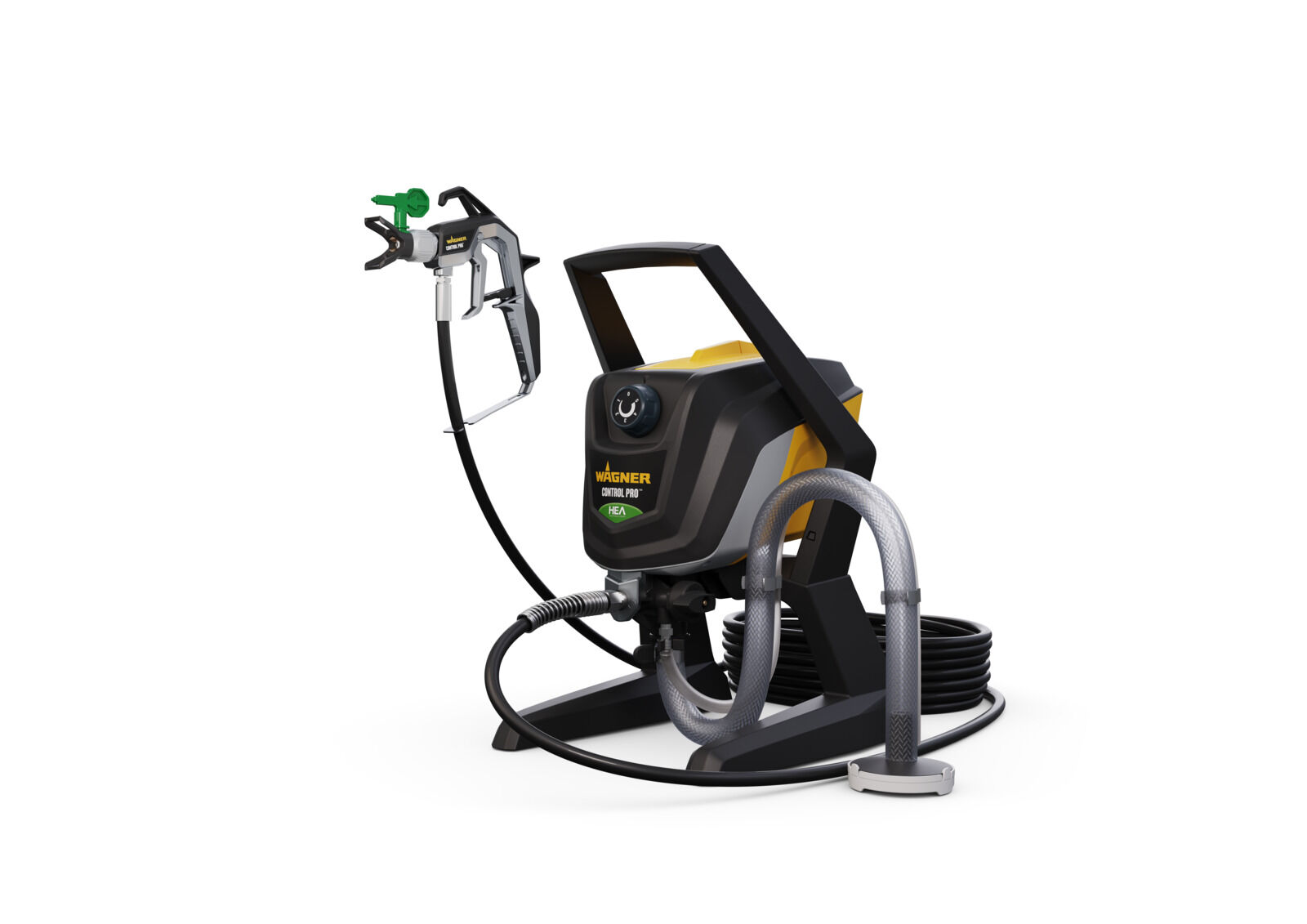Spraying wall paints: instructions & tips
Water-soluble wall and ceiling paints for interior use, so-called dispersion paints, can be easily sprayed on with Wagner paint spray systems. With the help of this step-by-step guide you will learn what to keep in mind when spraying wall paints, what the advantages of spraying are and how easy our spraying technology is to use.

